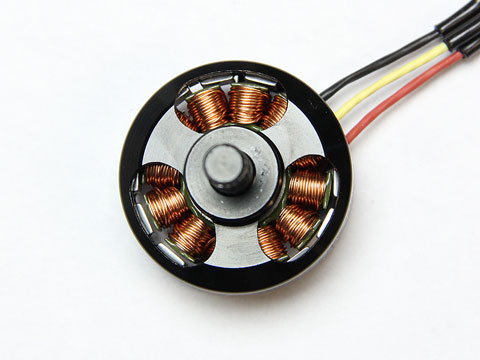Why do brushless motors have a kv rating?
"kv Rating" has nothing to do with Torque, current, power, thrust , lift or drag
It is based on number of magnets, number of stator windings per rotation, number of phases per pole and has no indication of power.
It is purely the rotational velocity whichg enerates the back EMF voltage to match the applied voltage. This match only occurs at no load and drag reduces this ratio up to 10% with increase towards rated voltage depending on inherent losses. (e.g. eddy current, friction , generally small compared to power avail.
Power is a function of current and load only is rated with EITHER a linear load or the nonlinear load of the aerodynamic prop. or an incremental linear load in terms of gm/W or gm/A where gm is the prop thrust.
Background thumbnail on theory (over simplified)
- It is based on the laws of Physics defined by Maxwell and in more depth by Heaviside, and Lorenz who proved that this Force on charge q is a product of the sum of the E field and the velocity of the B field.
So the vector equations says. F=q(E+vxB)
The Lorenz force, F acting on a particle of electric charge q with instantaneous velocity v, due to an external electric field E and magnetic field B. This force is what we call the Electromagnetic Force and is matched by the Back EMF at no load.
The Angular Velocity per Volt is a more complex one with the number of stator poles and rotor poles giving a ratiometric conversion and the commutation of the motor current is automatically reversed just an adequate number of arc seconds after the null magnetic field to ensure no dead stop. ( design/process failure)

Thus the magnetic charge velocity is proportional to the Field strength which is due to Voltage and is also referred to as Back EMF field strength
